Twenty-five years after The Notorious B.I.G., aka Biggie Smalls, was murdered in Los Angeles, his legacy continues to live large in the hip-hop world and beyond. At just 24, having released two albums — 1994’s Ready to Die and 1997’s Life After Death, both certified classics — he had already amassed a career that would eventually land him in the Rock & Roll Hall of Fame in 2020. As we remember the rapper born Christopher Wallace on what would have been his 50th birthday (May 21), Justin Tinsley, author of the new book It Was All a Dream: Biggie and the World That Made Him, reflects on why we remain so hypnotized by the iconic rapper.
How did you go about capturing the life of such a legendary figure like Biggie?
Because he’s such a folk hero in so many ways … I thought it was very fascinating to take a look at it from a macro standpoint, in terms of, like, what did the world look like when Biggie was making these decisions that he made? Yeah, sure, he sold some drugs in the ’80s and ’90s, but what does society look like at that point? Why did that force him to make the decisions that he made? Not just him, but an entire generation of young Black men and women. So, as much as it is a biography of Biggie Smalls, it’s also a socio-economic examination of the world around him — hence the title that you get for this book.
What was the most fascinating discovery that you made about Biggie in the process of writing this book?
Big had a fear of rejection, which is why he never really even pushed his own music. He never went up to anybody, like, “Yo, here’s my demo tape.” … He wasn’t really necessarily the type of guy who flocked towards the spotlight. When Ready to Die dropped and all the adulation and the attention came towards him, he enjoyed some parts of it. But it took him a while to get used to being famous. When you’re out there hustling, selling crack, you try to stay as incognito as possible for obvious reasons. And then, out of nowhere, you get thrust into the spotlight and you’re supposed to embrace the limelight.
A lot of times people feel like some rappers exaggerate their street cred, but this was not the case with Biggie.
No, not all all. Biggie Smalls was not [Manuel] Noriega or Pablo Escobar by any stretch of the imagination, but he was at least knee-deep in that game. This is a real part of who he was. And hustling and dealing, a lot of those same principles apply to the music game as well, which is just as cutthroat as the drug game, if not more in some ways. There’s a really great story in the book about while Big was waiting on the contracts to come through that Puffy promised … he was recording music but he was also taking trips in and out of town to make sure that he had money. He had a kid on the way and so he was hustling. And Puffy did not like the fact that big was hustling while trying to make a rap career happen, because he knew if you mess up, then that’s it.
What misconceptions about Biggie did you set straight?
I interviewed Drew Dixon, a former music industry executive, for this book. And she told me that the night that Tupac was shot [outside] Quad Studios, Biggie invited her to the studio because they were recording Junior Mafia at that point. When Drew hears like, “Biggie set Tupac up to get shot at the studio that night,” she was like, “I refuse to believe it because if that was the case, Big would have never invited me to put me in that position.” Because their friendship was deeper than that.
What did you learn about Biggie’s fateful decision to go out to L.A. during the middle of the East Coast-West Coast rap rivalry?
Big was going out to L.A. not to, like, taunt the West Coast and be like, “Look, I’m here, and Tupac ain’t here no more.” Because that wasn’t who he was, and that’s never who he wanted to be. Big was looking at buying a house out in L.A. He loved L.A. He genuinely enjoyed Los Angeles. He and Tupac initially met in L.A. I mean, they really kicked it out there when he was on an early Bad Boy promo run … Tupac was filming Poetic Justice, and one of his favorite songs that was out at the time was “Party and Bulls—.” And so they eventually ended up meeting. Tupac picked him up in L.A., they went over to Tupac’s house, and Pac and Biggie ended up freestyling for like an hour. But nobody has footage of it because this is before the smartphone era … It’s very unfair to talk about their friction without acknowledging that friendship, however brief.
Where do you think he would have gone in his career if he had lived?
Hip-hop became such a dynamic presence in entrepreneurship, and I think Big would have eventually tapped into all of those markets. A lot of what we see Jay-Z doing, I could see him doing. You know, some people criticize Jay for the moves that he makes being capitalistic. But if you listen to Biggie’s music, he never hid his intentions to make a lot of money, by any means. He had a song called “I Love the Dough,” he had a song called “Get Money.” And if you listen to “Juicy,” it’s the socio-economic anthem of its time.
What is it about Biggie’s legacy that makes it so special 25 years after his death?
Biggie’s legacy is something that attaches itself to so many people. We know what that feeling is when you walk up into a party and “One More Chance” comes on. We remember that feeling. He made music that stuck to our ribs and will stick to our ribs for the rest of our lives.
[flexi-common-toolbar] [flexi-form class=”flexi_form_style” title=”Submit to Flexi” name=”my_form” ajax=”true”][flexi-form-tag type=”post_title” class=”fl-input” title=”Title” value=”” required=”true”][flexi-form-tag type=”category” title=”Select category”][flexi-form-tag type=”tag” title=”Insert tag”][flexi-form-tag type=”article” class=”fl-textarea” title=”Description” ][flexi-form-tag type=”file” title=”Select file” required=”true”][flexi-form-tag type=”submit” name=”submit” value=”Submit Now”] [/flexi-form]
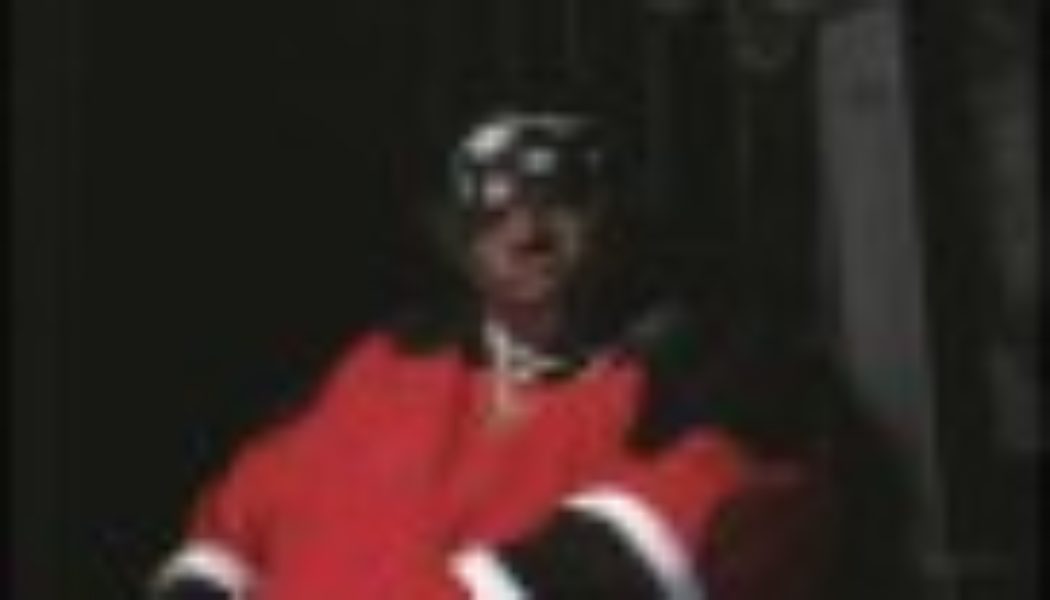

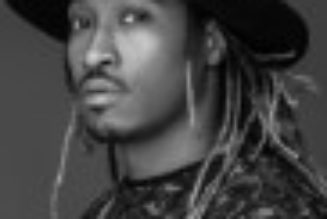
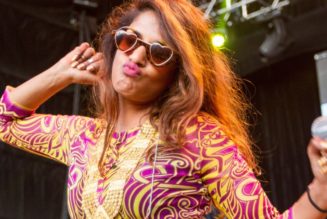
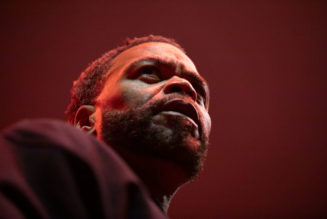
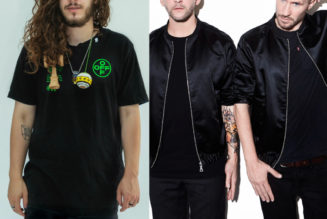
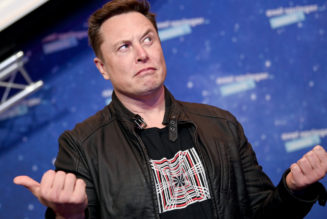
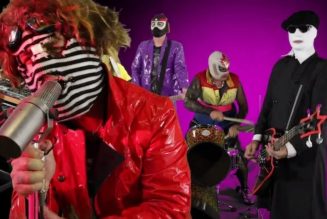
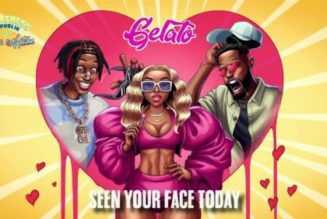
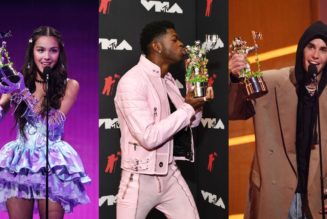
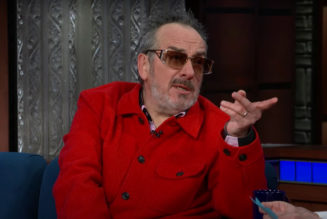
Tagged: entertainment blog, Hip-Hop, Justin Tinsley, music, music blog, R&B/Hip-Hop